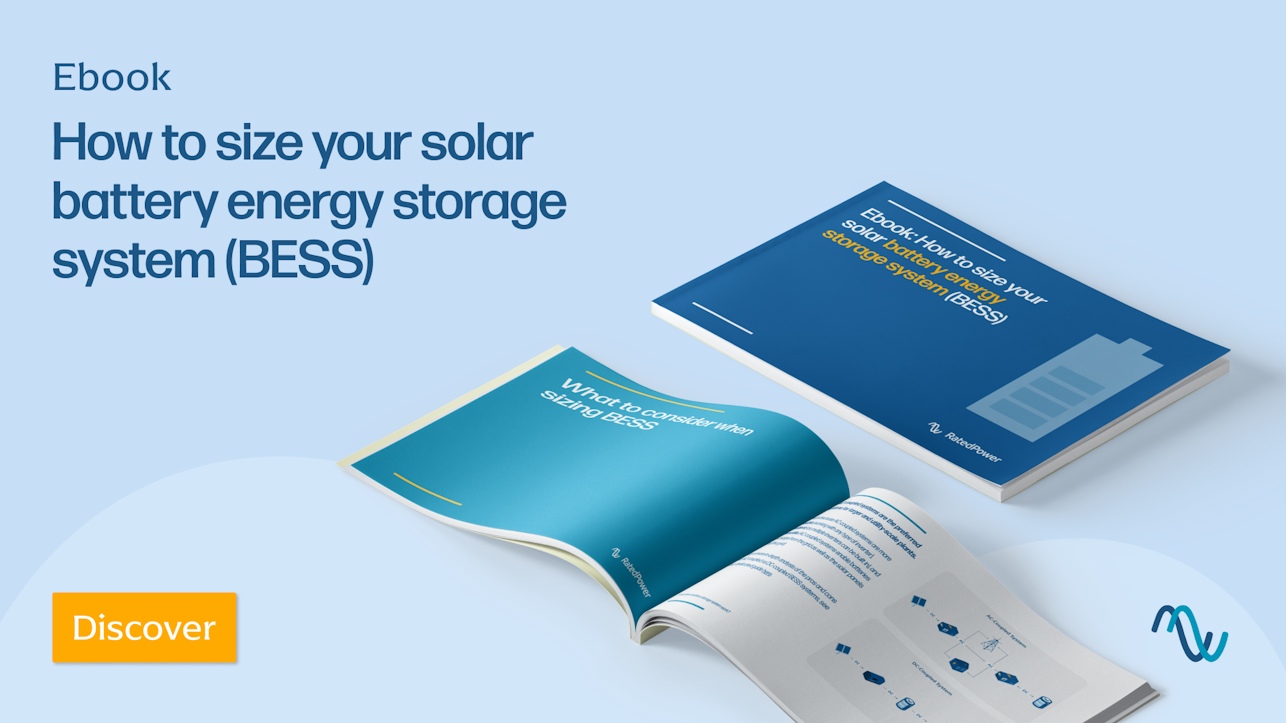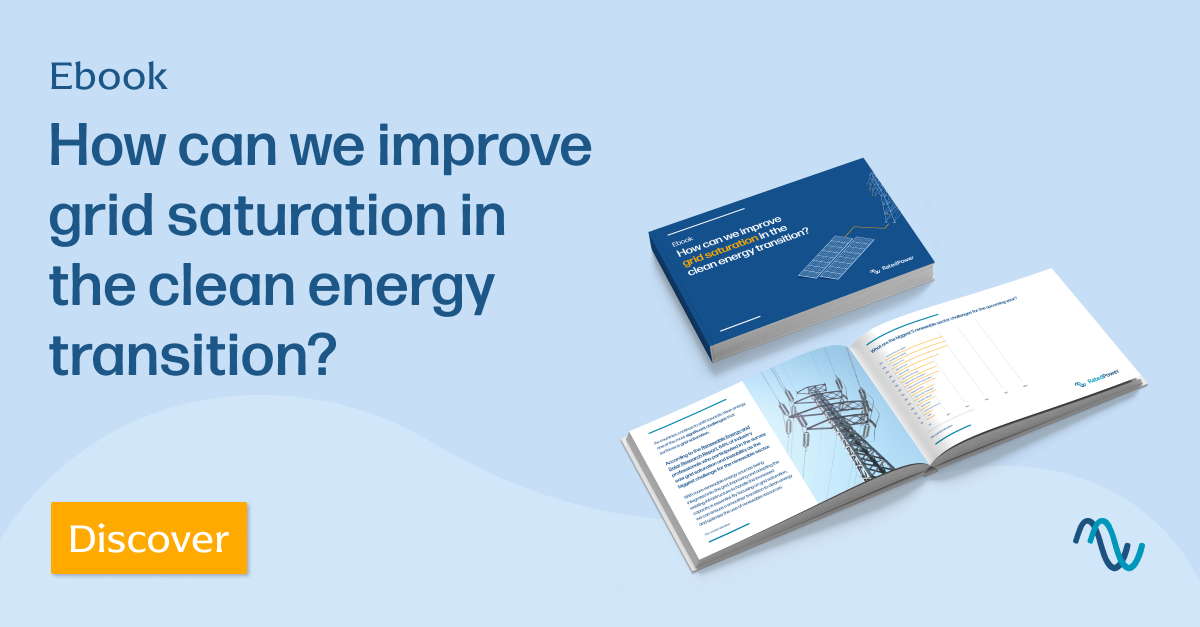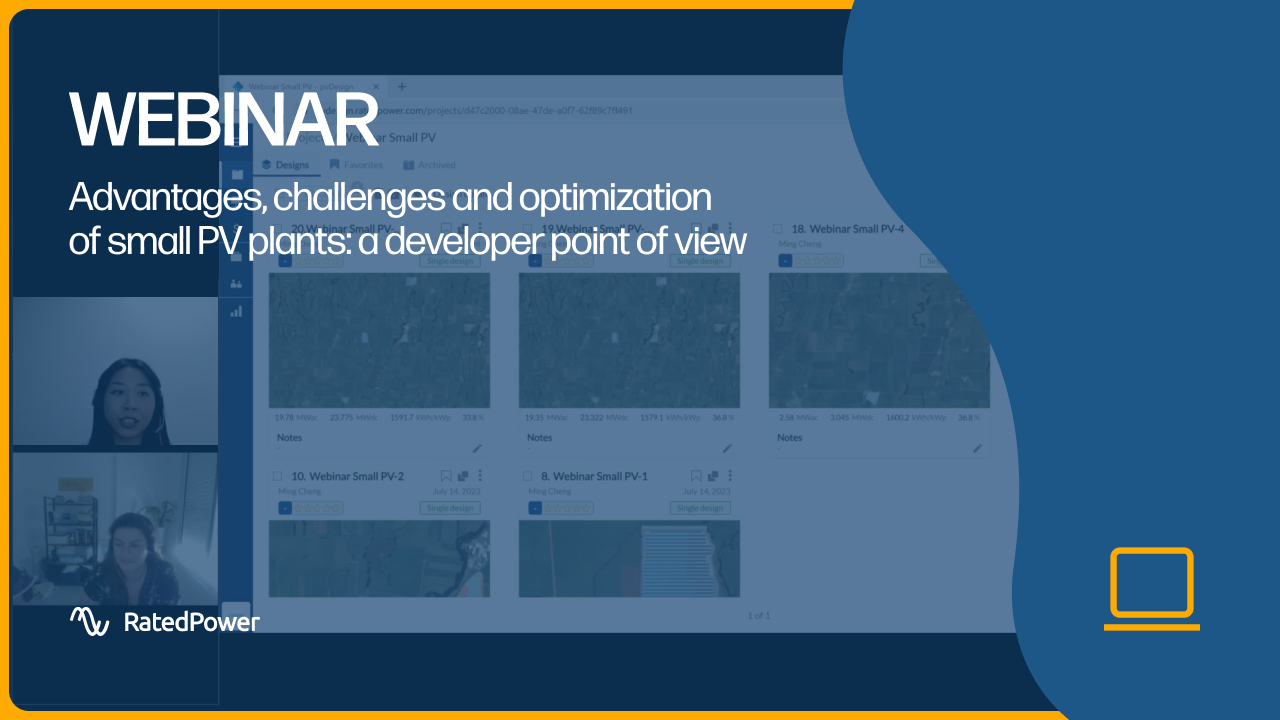- Solar energy blog
- A look ahead to renewable energy trends in 2024
A look ahead to renewable energy trends in 2024
Explore the renewable energy trends set to define 2024 and expand the industry to new horizons.


Jeremy Vickerman
Senior Content Manager
Senior Content Marketing Manager at RatedPower with extensive experience in content strategy, production, and communications. Over a decade of expertise spanning marketing, recruitment consulting, and public relations across the UK and Spain, with a strong track record in driving brand visibility and audience engagement.
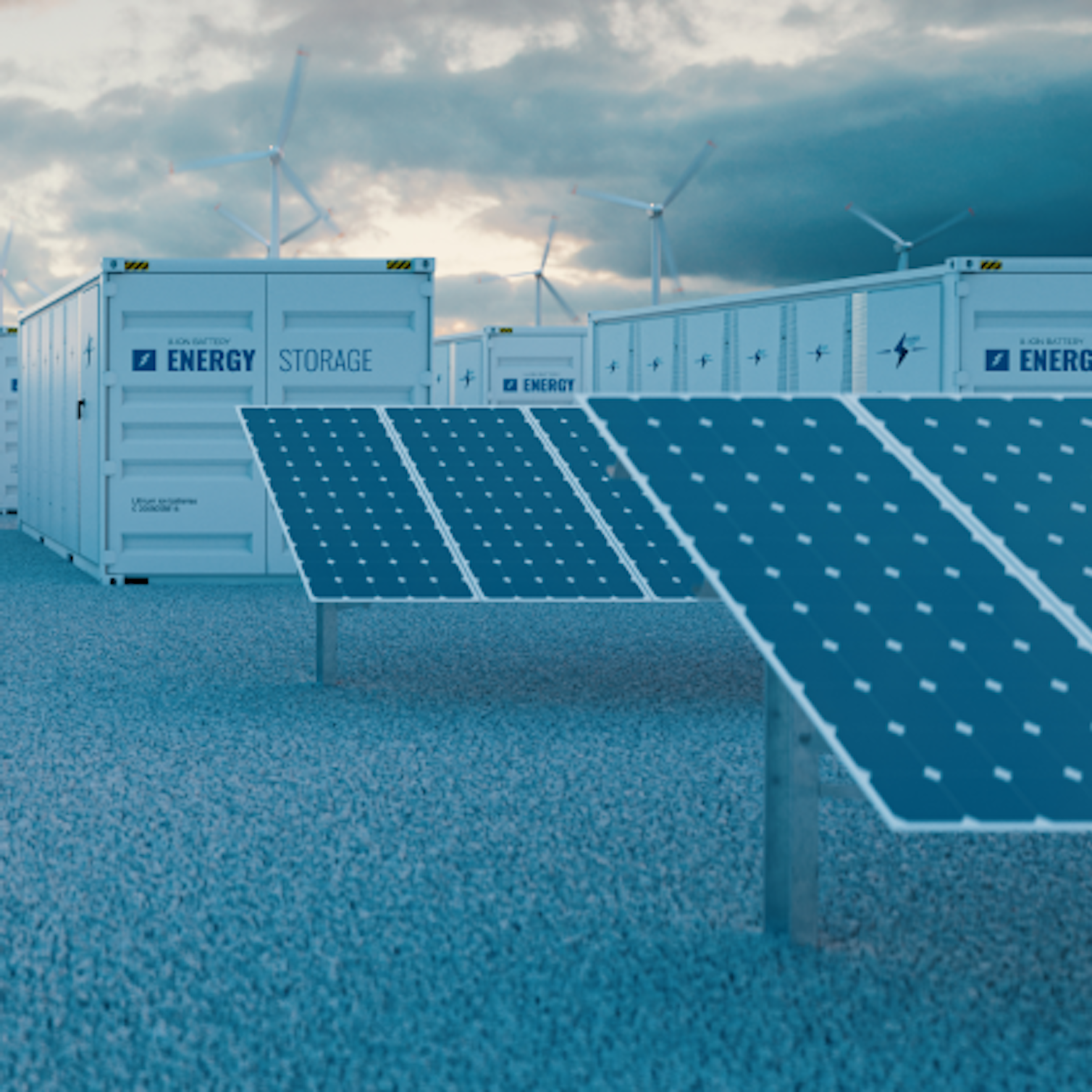
Content
As we approach the New Year and await the publication of our 2024 Trends report, it is time to look ahead at just a few of the trends that will shine brightest for the upcoming year. Several key areas, from advancements in battery storage to new government incentives, are set to impact and shape the sector in different ways throughout 2024.
Read on to learn what we believe will be the most important trends as we move into 2024 and beyond!
Battery Energy Storage Systems (BESS)
It should come as no surprise that Battery Energy Storage Systems (BESS) will be even more important in 2024. We expect to see more workplaces, residential areas, and even entire neighborhoods all adopting localized energy storage solutions.
As well as increased adoption, the technology itself will continue to improve. Energy density, charging speed, and lifecycle are all areas where we could see improvements. As the technology matures and the production scales further, this should lead to lower prices, too. This point is significant in the context of solar photovoltaic (PV) investment, as it will lead to solar-plus-storage solutions becoming more economically viable.
Extreme weather events
The climate crisis isn’t getting any better. This means we are likely to see an increase in the number of extreme weather events in 2024 with the potential to affect the world of solar PV and renewables. Whether it’s hurricanes, wildfires, floods, or heatwaves, renewable infrastructure may become more vulnerable as these events become more frequent and more severe.
Just as an intense storm can damage or destroy solar panels, wildfires can impair their function through smoke coverage that reduces sunlight availability. Heatwaves also pose a threat by potentially overheating equipment and damaging delicate components. These disruptions not only affect current operations, but they can also influence future planning and investment.
All of this points to a growing need for resilience throughout our energy systems. Whether it’s through technological advancements in storage like BESS, clever grid design, or improved materials that can withstand severe weather events, this issue needs strong consideration.
Vehicle-to-grid (V2G) storage
One promising trend in the space is Vehicle-to-Grid (V2G) storage technology, a new approach that allows electric vehicles (EVs) to interact with the power grid. It enables EVs to draw energy from the grid and return energy during high-demand periods. The benefit of this technology is that it can provide stability during peak demand and contribute to more efficient energy distribution.
This bidirectional energy flow is an innovative way to solve intermittency problems with energy sources like solar PV. As solar power generation peaks during the day, the excess energy can be stored in EV batteries. It can then be fed back to the grid during the evening peaks as the solar output declines.
One interesting angle with this trend is the potential to turn EVs into revenue-generating assets for their owners. An EV owner could participate in a demand response program, helping to balance the energy grid while being financially rewarded. Current EV models like the Ford F-150 Lightning and Nissan Leaf are already capable of bidirectional charging, and the technology will likely become more common in 2024.
Artificial intelligence
Artificial intelligence (AI) has been a hot topic of discussion in just about every industry this year, and the renewable sector is no different. This trend will likely accelerate in 2024 as technology advances at a breakneck pace.
AI is incredibly useful in helping to optimize complex systems, and its role could include everything from grid management to predictive maintenance. In solar PV specifically, AI could be used to predict sunlight patterns, adjust the angles of panels, and even help distribute energy more evenly.
From a grid management perspective, AI will begin to shine in 2024 by balancing supply and demand in real-time and identifying system inefficiencies. This type of analysis will allow it to preempt when equipment is close to failure or requires maintenance, leading to far less downtime and reduced spending on repairs and replacements.
Grid stability
Grid stability will be a huge focus in 2024. While some of the other topics we’ve mentioned in this article will help in this area, there’s still a lot to be done to match grid capabilities with the rise in renewable energy production.
One innovative solution we expect to see more of next year is the integration of microgrids. These are localized grids that can operate independently from the larger grid and help businesses or communities be more self-sufficient and resilient during power disruptions.
The major benefit of microgrids is their efficiency. They are tailored to local demands and take pressure off the main grid. When combined with technological advancements like real-time data analytics and adaptive control systems, microgrids quickly become very valuable.
They also signify a larger global trend towards decentralizing the energy supply. Traditional centralized models heavily dependent on fossil fuels often result in monopolistic structures and unpredictable energy prices. Decentralization poses a solution to this.
This solution isn’t just technical, either. It’s better to think of it as empowerment and as a means of offering people more control over how their energy is produced and consumed. As part of decentralization, high-capacity BESS and smart battery technologies will be vital.
Government Plans, Incentives and Tax Credits
We will likely see continued growth from recent government initiatives as well as new plans put in place to accelerate renewables.
The Inflation Reduction Act (IRA) will keep driving the renewable energy landscape in the US. In particular, the Investment Tax Credit for Energy Storage that emerged from the act offers a financial boost to standalone energy storage technologies, including batteries with at least a 3 kWh capacity.
We can expect there to be more incentives at the state level, as well. For example, California has a Self-Generation Incentive Program (SGIP) that offers rebates for installing energy storage systems in apartments, homes, and other buildings, with a focus on high fire-threat areas.
REPowerEU and the Green Deal Industrial Plan will continue to drive the EU towards its 2030 renewables goals, enhancing the three main areas: saving energy, producing clean energy, and diversifying the EU’s energy supplies.
Governments within the EU are continuing their efforts, such as the Scottish Government’s New Energy Strategy and Just Transition Plan, the creation of the UK’s Solar Taskforce, and the German Government’s approval of just over 57 billion euros in green investments in 2024 to help reach their 2045 target of becoming net-zero.
In the rest of the world, we will likely see a continued increase in mid-scale (under 5 MW) solar installations in Australia as reduced regulation makes these decentralized projects more attractive to investors.
We will also see the effects of Law 14,300, recently approved by ANEEL, the Brazilian Electricity Regulatory Agency, which will directly impact distributed micro- and mini-generation across the country. The Dominican Republic has also passed two new bills (Law No. 50-07 and CNE-AD-0004-2023) reducing legislative barriers and incentivizing the use battery energy storage systems (BESS)
Looking forward to the new year, there is much to be optimistic about with regard to transitioning to a greener future.
For a more in-depth look at the future of renewable energy in 2024, we will soon release our 2024 Trends report. The report is built around expert opinions and commentary from professionals across the energy sector alongside key insights that stem from our software.
For more information about the renewable energy space and the trends and insights set to take center stage next year, head to the RatedPower resources page!
Latest stories
Related posts
Market analysis
Powering through the peak: Why solar + storage is gaining momentum in MENAT
Discover how MENAT is building a functioning solar economy and why rising peak demand during extreme heat is squeezing its energy architecture.
Updated 11 DEC, 25

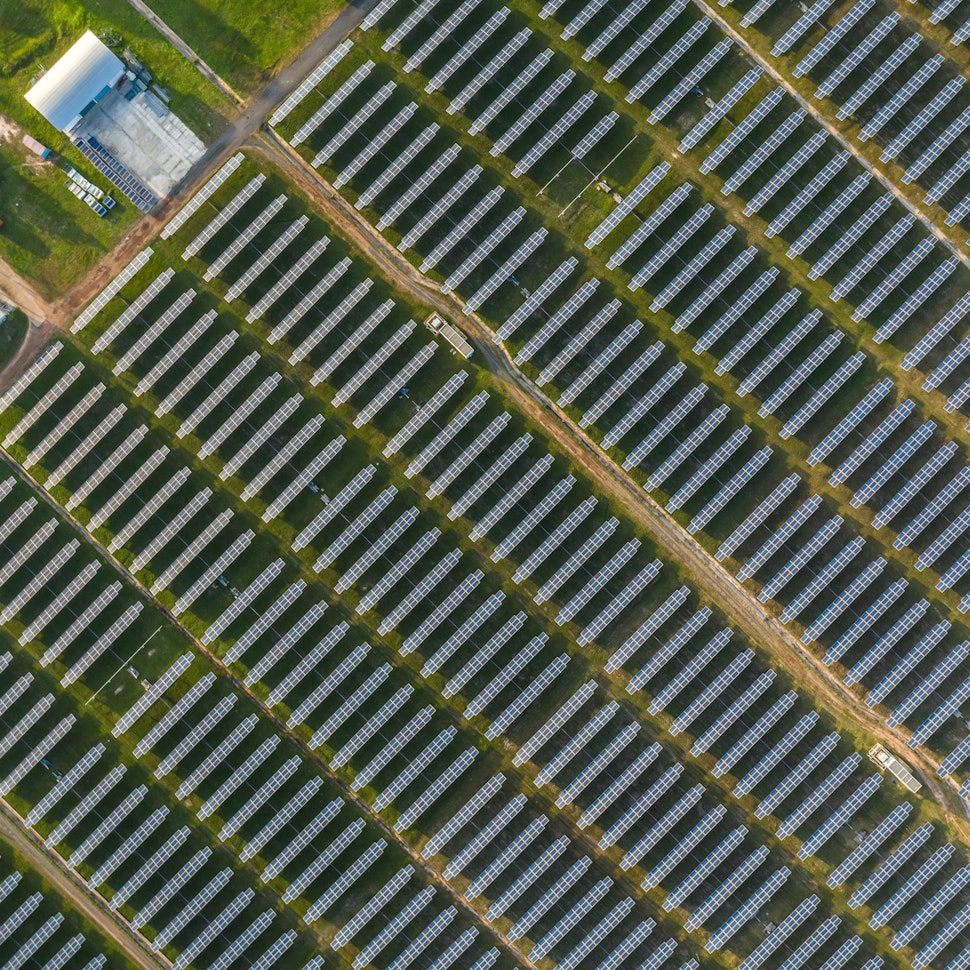
Market analysis
The rise of utility-scale PV + storage plants in Italy
Discover how Italy’s latest policies and auctions are driving utility-scale solar and battery storage projects to meet ambitious 2030 targets.
Updated 4 DEC, 25

Market analysis
From sun to socket: What Iberia’s grid needs to handle 2030 renewable targets
Discover how Spain and Portugal are upgrading their grids to meet ambitious renewable targets and prevent future blackouts.
Updated 25 NOV, 25

- RatedPower
- Solar energy blog
- A look ahead to renewable energy trends in 2024
 Watch a demo
Watch a demo Ask our AI Product Expert
Ask our AI Product Expert